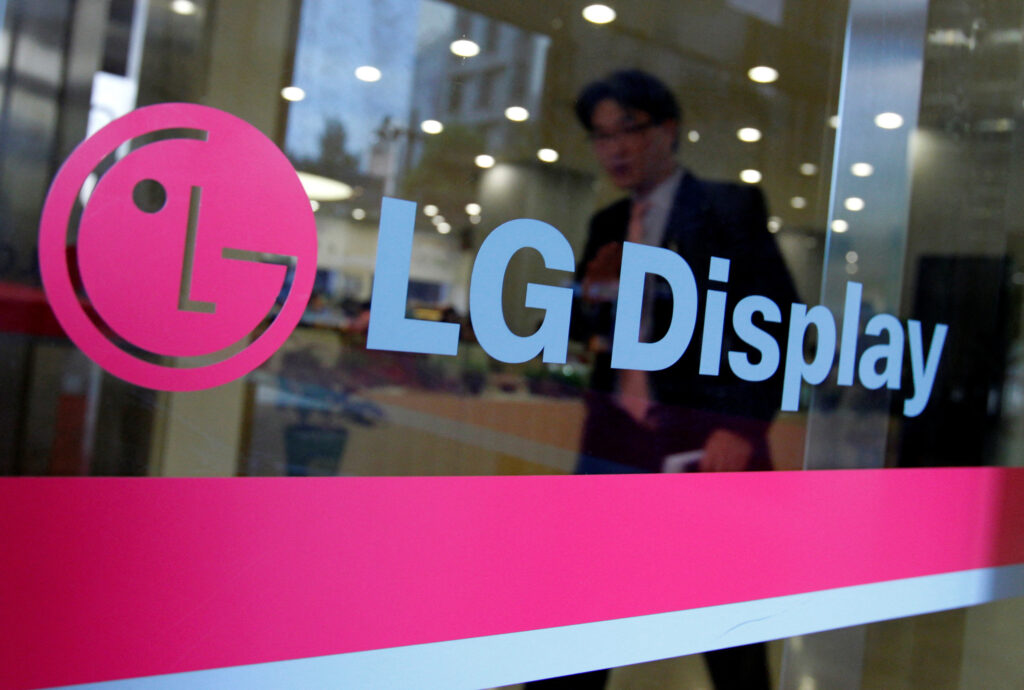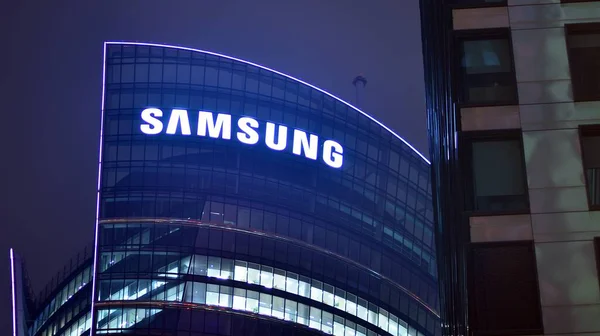
By Heekyong Yang
SEOUL (Reuters) – South Korea’s LG Display Co Ltd will start supplying high-end TV panels to Samsung Electronic Co Ltd from as early as this quarter, three sources said, in a deal that would help the loss-making flat-screen maker turn profitable.
LG Display aims to supply 2 million units next year and boost shipments to 3 million and 5 million units in subsequent years, two sources with direct knowledge of the matter said. Initial supplies to Samsung would likely be 77-inch and 83-inch white OLED (WOLED) TV panels.
For Samsung, the deal highlights how it is looking to expand in high-end organic light emitting diode (OLED) TVs as competition heats up in the lower end with Chinese vendors. OLED panels cost nearly five times more than liquid-crystal display (LCD) panels.
With this deal, Samsung could overtake Sony Corp as the second largest supplier of OLED TVs globally.
Analysts have speculated that LG Display was in talks to supply OLED TV panels to a new client. Reuters is first to report details of the deal with Samsung Electronics.
All the sources declined to be named because the deal is not public.
Both LG Display and Samsung Electronics declined to comment.
LG Display shares reversed an earlier 1% drop and jumped 2.4% after the Reuters story. Shares in Samsung, which mainly drives its growth from smartphone and semiconductor business, rose 1.7%, beating a 0.2% gain in the broader market.
Samsung Electronics, the world’s biggest TV manufacturer, has been slower than its hometown rival LG Electronics Inc in embracing OLED TVs, arguing the technology is more suited to small devices such as smartphones and tablets, partly due to the high cost of panels.
For LG Display, shipments of 2 million OLED panels will be a major boost, worth at least $1.5 billion and amounting to around 20%-30% of its total manufacturing capacity for large-size OLED panels, taking it to full capacity, according to analysts.
The company has been running its OLED factory below full capacity due to a limited customer base and as a pandemic-driven demand surge for new TVs has tapered off amid soaring inflation and slowing economy.
“LG’s production rate will improve and is likely to reach full capacity next year, helping it lay the groundwork to return to profit,” said Jeff Kim, an analyst at KB Securities.
The company has been in the red for four consecutive quarters since the second quarter last year due to weakening global demand for electronic devices.
The company supplies OLED TV panels to LG Electronics and Sony. It also supplies smartphone displays to Apple Inc.
Samsung Electronics has its own display-making unit Samsung Display which focuses on OLED screens for mobile phones made by Apple and Samsung.
In OLED TVs Samsung currently has a 6.1% market share, behind LG Electronics with 54.6% and Sony 26.1%, according to market research firm Omdia.
The market is expected to grow nearly 6% to $11.7 billion this year and to $12.9 billion by 2027, according to Omdia.
($1 = 1,320.9300 won)



